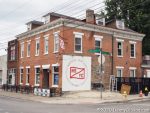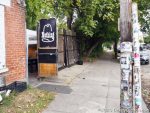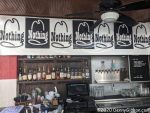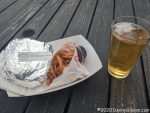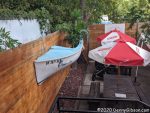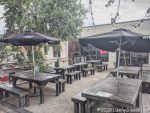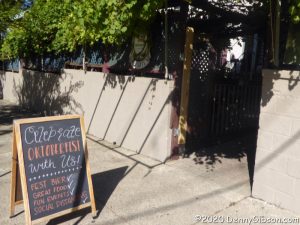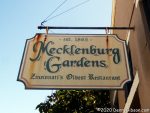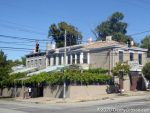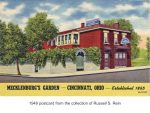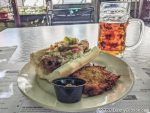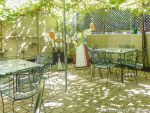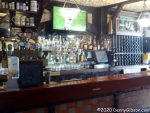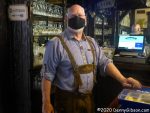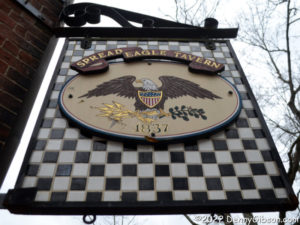 Tuesday was my birthday, and there was a blog post that day more or less announcing it and revealing that I had removed from my body the only thing about it that was getting thinner. This post describes the far-ranging travel and wild celebration that filled the day. The party actually started in early morning when I met my buddy John for breakfast in Wilmington. I left there thinking I might follow US-22 all the way to Steubenville but a prediction of rain prompted me to switch to a shorter path using US-62 at Washington Courthouse, and congestion, as I neared Columbus, nudged me onto a faster expressway route. In fact, I gave myself up to the GPS at that point and Garmin kept me on I-71 until I reached US-30 near Mansfield.
Tuesday was my birthday, and there was a blog post that day more or less announcing it and revealing that I had removed from my body the only thing about it that was getting thinner. This post describes the far-ranging travel and wild celebration that filled the day. The party actually started in early morning when I met my buddy John for breakfast in Wilmington. I left there thinking I might follow US-22 all the way to Steubenville but a prediction of rain prompted me to switch to a shorter path using US-62 at Washington Courthouse, and congestion, as I neared Columbus, nudged me onto a faster expressway route. In fact, I gave myself up to the GPS at that point and Garmin kept me on I-71 until I reached US-30 near Mansfield.
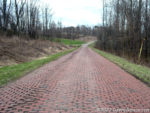
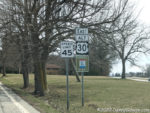
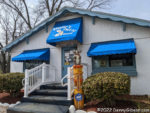 I continued blindly following the voice in the box until a glimpse of a semi-familiar cheese shop brought me to my senses. Shisler’s Cheese House is a place I normally associate with the Lincoln Highway so, after picking up some Swiss and cheddar to munch on later, I sought out a few bits of the old road. I made a side trip in Canton but returned to the old Lincoln and the brick Baywood Street in Robertsville.
I continued blindly following the voice in the box until a glimpse of a semi-familiar cheese shop brought me to my senses. Shisler’s Cheese House is a place I normally associate with the Lincoln Highway so, after picking up some Swiss and cheddar to munch on later, I sought out a few bits of the old road. I made a side trip in Canton but returned to the old Lincoln and the brick Baywood Street in Robertsville.
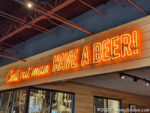
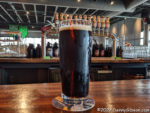 The target of my Canton excursion was Fat Head’s newest brewpub at the north edge of town. Fat Head’s started in Pittsburgh, PA, in 1992 and opened this location, their fourth, in 2018. That’s Black Knight Schwarzbier in the glass.
The target of my Canton excursion was Fat Head’s newest brewpub at the north edge of town. Fat Head’s started in Pittsburgh, PA, in 1992 and opened this location, their fourth, in 2018. That’s Black Knight Schwarzbier in the glass.
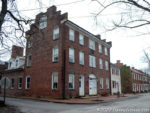
 The place that the GPS had been leading me to was the Spread Eagle Tavern in Hanoverton. The picture at the top of this post is of the tavern’s sign. Hanoverton is a Lincoln Highway town so I’ve stopped at the Spread Eagle several times. I have eaten there once but had never stayed there. I corrected that by spending Tuesday night in the Van Buren Room. It’s the inn’s smallest in both space and price but was more than adequate for me.
The place that the GPS had been leading me to was the Spread Eagle Tavern in Hanoverton. The picture at the top of this post is of the tavern’s sign. Hanoverton is a Lincoln Highway town so I’ve stopped at the Spread Eagle several times. I have eaten there once but had never stayed there. I corrected that by spending Tuesday night in the Van Buren Room. It’s the inn’s smallest in both space and price but was more than adequate for me.

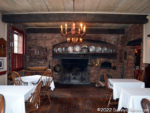
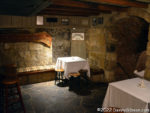 Between check-in and dinner, I was able to see familiar rooms empty for the first time and make first-time visits to some other spaces. This second group included the lower level rathskeller which is currently open only on Fridays and Saturdays. The tavern first opened in 1837 but had fallen into disrepair until a major restoration took place in the late 1980s. Additions and improvements (such as converting the dirt-floored basement to the brick-lined rathskeller) happened, but all materials came from either the tavern itself or other badly neglected buildings from the same period.
Between check-in and dinner, I was able to see familiar rooms empty for the first time and make first-time visits to some other spaces. This second group included the lower level rathskeller which is currently open only on Fridays and Saturdays. The tavern first opened in 1837 but had fallen into disrepair until a major restoration took place in the late 1980s. Additions and improvements (such as converting the dirt-floored basement to the brick-lined rathskeller) happened, but all materials came from either the tavern itself or other badly neglected buildings from the same period.
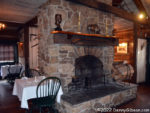 I ate dinner at a table just out of frame on the left side of this picture and breakfast just out of frame on the right. I failed to get a picture of breakfast which is truly sad because it was one of the best breakfasts I’ve ever had and it was included with the room. I was just too busy chatting with Kim, my server, about the building and other topics both related and not. I had been better prepared at dinner and did get a snapshot of my wonderful walleye by candlelight.
I ate dinner at a table just out of frame on the left side of this picture and breakfast just out of frame on the right. I failed to get a picture of breakfast which is truly sad because it was one of the best breakfasts I’ve ever had and it was included with the room. I was just too busy chatting with Kim, my server, about the building and other topics both related and not. I had been better prepared at dinner and did get a snapshot of my wonderful walleye by candlelight.

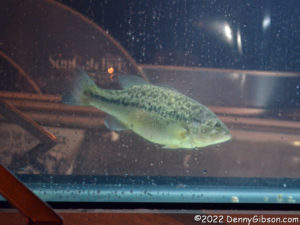
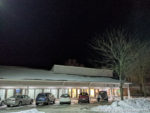
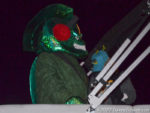
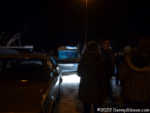

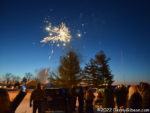
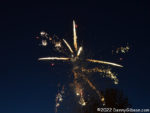
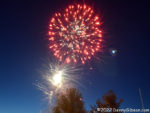
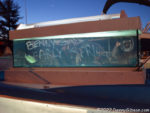
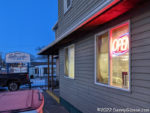
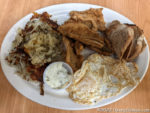
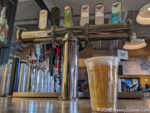
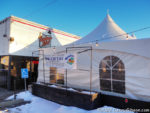
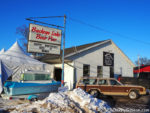
 It’s been said you should write what you know. Brian Butko may or may not believe that but there is reason to think he might believe even more in the corollary: Write what you want to know. I frequently get the impression that Butko enjoys the hunt as much as the kill, research as much as publishing, learning as much as teaching. Isaly’s Chipped Ham, Klondikes, and Other Tales from Behind the Counter gives me that impression in spades. This is Butko’s second run at the subject having published Klondikes, Chipped Ham, & Skyscraper Cones: The Story of Isaly’s in 2001. I’m not familiar with the earlier book but know that there is some unavoidable overlap. No surprise there. There is no doubt a multitude of reasons for the redo but I’ll suggest — and this is pure conjecture — that not only was it tackled in order to improve the story with knowledge learned in the intervening twenty years but as an excuse to learn even more.
It’s been said you should write what you know. Brian Butko may or may not believe that but there is reason to think he might believe even more in the corollary: Write what you want to know. I frequently get the impression that Butko enjoys the hunt as much as the kill, research as much as publishing, learning as much as teaching. Isaly’s Chipped Ham, Klondikes, and Other Tales from Behind the Counter gives me that impression in spades. This is Butko’s second run at the subject having published Klondikes, Chipped Ham, & Skyscraper Cones: The Story of Isaly’s in 2001. I’m not familiar with the earlier book but know that there is some unavoidable overlap. No surprise there. There is no doubt a multitude of reasons for the redo but I’ll suggest — and this is pure conjecture — that not only was it tackled in order to improve the story with knowledge learned in the intervening twenty years but as an excuse to learn even more.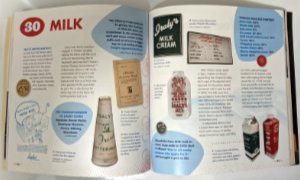 In the middle half of the twentieth century, Isaly’s was a major regional presence whose farms, factories, and stores helped feed a whole lot of people in northeast Ohio and northwest Pennsylvania. The arc of that presence is not unique. It was a family business that saw the success and growth of the first few generations eventually fade away in corporate buyouts. I’ve lived in Ohio my entire life but we missed each other. My neighborhood has been the state’s southwest corner, and the closest Isaly’s ever came to my home was Columbus. Although a few Columbus stores remained in the late 1960s and it’s possible that I saw one, I have no memory of it. The company entered Columbus in 1935, peaked there in the 1940s, and officially began its exit in 1954. Everything I know about Isaly’s I learned from Brian Butko. Brian Butko learned from family members, former employees, company records, newspapers, and libraries.
In the middle half of the twentieth century, Isaly’s was a major regional presence whose farms, factories, and stores helped feed a whole lot of people in northeast Ohio and northwest Pennsylvania. The arc of that presence is not unique. It was a family business that saw the success and growth of the first few generations eventually fade away in corporate buyouts. I’ve lived in Ohio my entire life but we missed each other. My neighborhood has been the state’s southwest corner, and the closest Isaly’s ever came to my home was Columbus. Although a few Columbus stores remained in the late 1960s and it’s possible that I saw one, I have no memory of it. The company entered Columbus in 1935, peaked there in the 1940s, and officially began its exit in 1954. Everything I know about Isaly’s I learned from Brian Butko. Brian Butko learned from family members, former employees, company records, newspapers, and libraries. 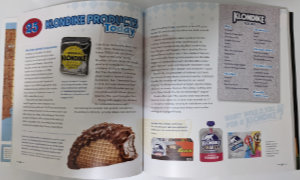 There were other innovations such as Skyscraper Cones, Party Slices, and Klondike Bars. Klondike Bars were the biggie. The only Isaly’s product to have success nationally, they are still available today although they are made by Unilever and no longer bear the Isaly’s name. They do, however, still bear the Isaly’s bear.
There were other innovations such as Skyscraper Cones, Party Slices, and Klondike Bars. Klondike Bars were the biggie. The only Isaly’s product to have success nationally, they are still available today although they are made by Unilever and no longer bear the Isaly’s name. They do, however, still bear the Isaly’s bear. Unlike me, Brian has plenty of personal Isaly’s memories. He says that his earliest was of their macaroni and cheese. His excitement is evident when given access to a 3-ring binder of company recipes. He finds the sought-after Baked Macroni then writes, “I have yet to try the official recipe…”. The fact that the recipe yields 60 servings might be one deterrent but I think I also detect a little fear that today’s result might not live up to yesterday’s memories. I, for one, encourage Brian to face his fear and look that macaroni right in the elbow. Finding 59 mac & cheese eaters should be easy.
Unlike me, Brian has plenty of personal Isaly’s memories. He says that his earliest was of their macaroni and cheese. His excitement is evident when given access to a 3-ring binder of company recipes. He finds the sought-after Baked Macroni then writes, “I have yet to try the official recipe…”. The fact that the recipe yields 60 servings might be one deterrent but I think I also detect a little fear that today’s result might not live up to yesterday’s memories. I, for one, encourage Brian to face his fear and look that macaroni right in the elbow. Finding 59 mac & cheese eaters should be easy.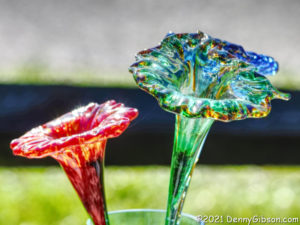
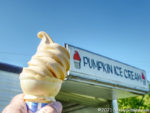
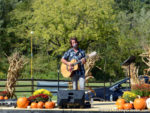
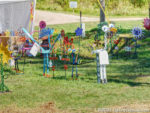
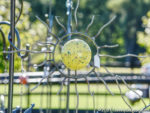

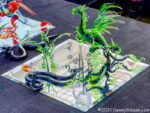





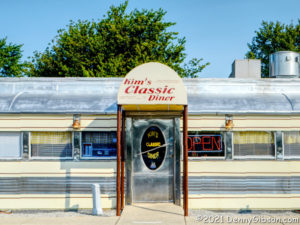

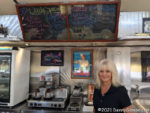
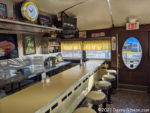


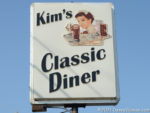
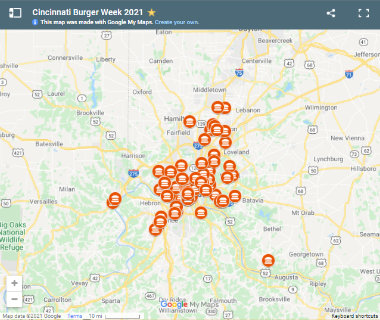 The first day of this year’s
The first day of this year’s 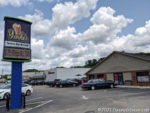
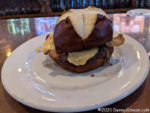
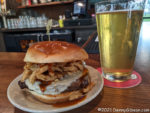
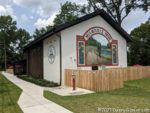
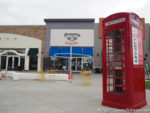
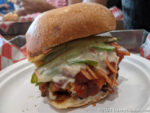

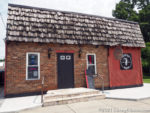
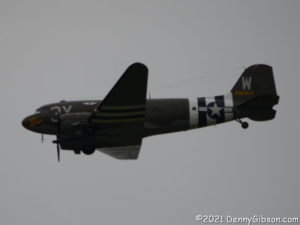
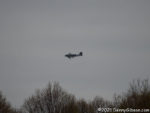

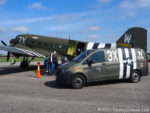

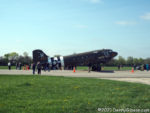
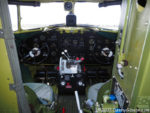
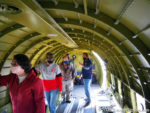
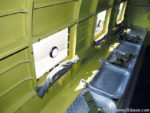
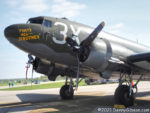
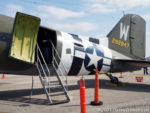
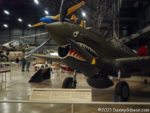
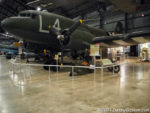
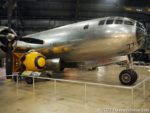
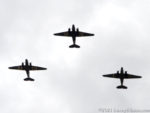
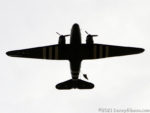

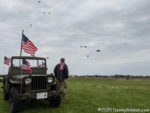



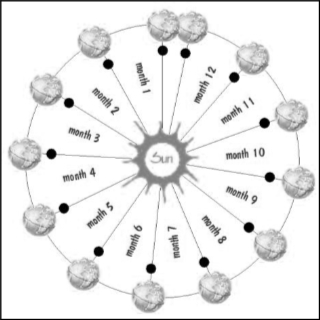 The Jewish calendar is lunisolar meaning it is based on both the sun and the moon. The more common Gregorian calendar is purely solar with no direct lunar involvement. All months of the Jewish calendar start with a new moon. A new moon occurs approximately every 29.5 days so that the Jewish calendar can keep the months pretty much in sync with the phases of the moon by alternating 29 and 30 day months. Of course, 12 X 29.5 is a little short of the 365.24 days that it takes the Earth to circle the sun so every now and then a thirteenth month is added to the year. The timing of these “leap months” is based on a nineteen-year cycle and there are other tweaks as well.
The Jewish calendar is lunisolar meaning it is based on both the sun and the moon. The more common Gregorian calendar is purely solar with no direct lunar involvement. All months of the Jewish calendar start with a new moon. A new moon occurs approximately every 29.5 days so that the Jewish calendar can keep the months pretty much in sync with the phases of the moon by alternating 29 and 30 day months. Of course, 12 X 29.5 is a little short of the 365.24 days that it takes the Earth to circle the sun so every now and then a thirteenth month is added to the year. The timing of these “leap months” is based on a nineteen-year cycle and there are other tweaks as well.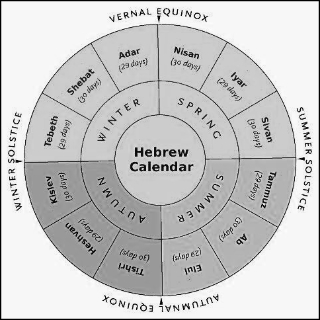 Passover begins on the fifteenth day of the month of Nisan which is the first month after the vernal equinox. Because every month starts with a new moon, the fifteenth of every month is a full moon. Ergo, Passover always begins on a full moon. Being a week long, it always contains a Sunday. Rather than moving Easter away from Passover in 325, the First Council of Nicaea kept the scheduling just the same as it had always been and simply stopped saying the word Passover out loud. Oh wah, tagoo, Siam.
Passover begins on the fifteenth day of the month of Nisan which is the first month after the vernal equinox. Because every month starts with a new moon, the fifteenth of every month is a full moon. Ergo, Passover always begins on a full moon. Being a week long, it always contains a Sunday. Rather than moving Easter away from Passover in 325, the First Council of Nicaea kept the scheduling just the same as it had always been and simply stopped saying the word Passover out loud. Oh wah, tagoo, Siam. 
